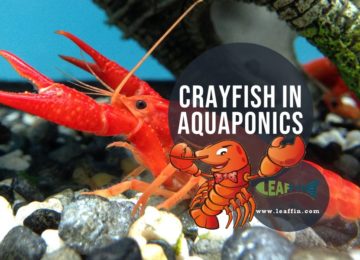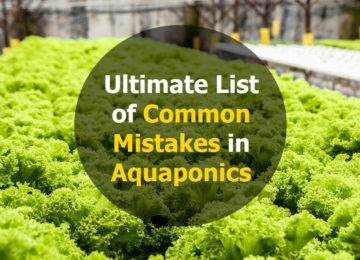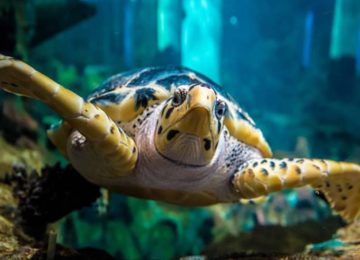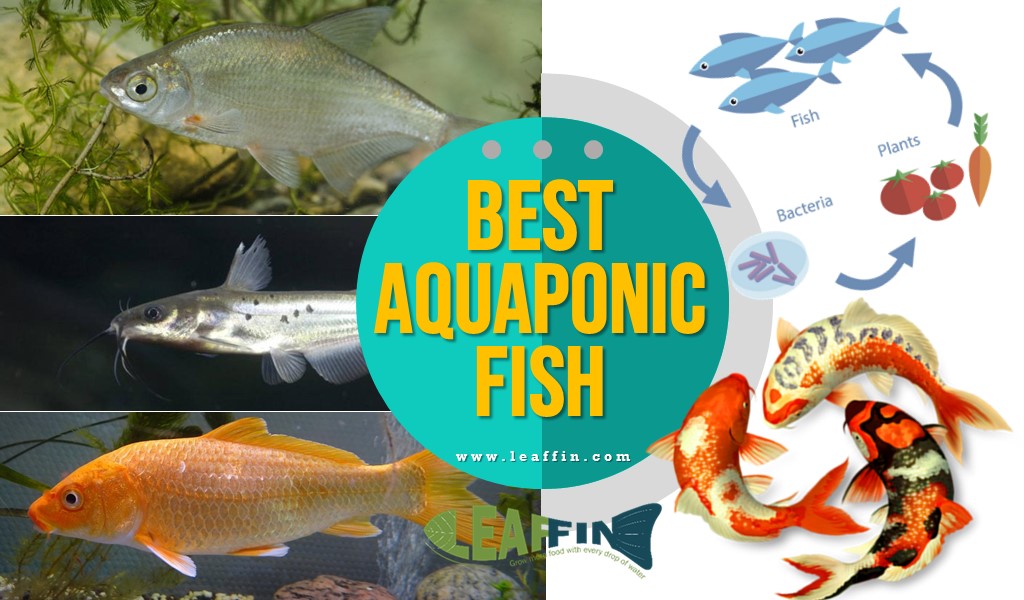 Fish is the most important component in aquaponics. You can choose from a wide range of fish species that are suitable for Aquaponics. We have shortlisted the most popular and widely used aquaponic fish. You can select any fish species based on your local climate, their pros/cons, and other requirements.
Fish is the most important component in aquaponics. You can choose from a wide range of fish species that are suitable for Aquaponics. We have shortlisted the most popular and widely used aquaponic fish. You can select any fish species based on your local climate, their pros/cons, and other requirements.
The guide gives complete information about most common varieties, including sturgeon, that will work well for aquaponics. This expands well beyond the aquaponics typical focus on tilapia.
In this article, you will be able to choose the best fish suited to your needs. We have mentioned, temperature tolerance, breeding habits, growth & stocking rates, and diet of each fish. You will be able to select the most suitable fish for your space and climatic conditions.
Check the important things to consider while choosing fish for aquaponics
Table of Contents
Best Aquaponics Fish
Following is a listing of fish that grow well in Aquaponics systems, together with some information of interest:
| Name | Vital Temp | Best Temperature | Diet | Culture Environment & Scale |
|---|---|---|---|---|
| Nile Tilapia | 1436 °C | Warm (27-30 °C) | Omnivore | Suitable for small-scale Aquaponics |
| Goldfish | 13-26 °C | Cool (20-22 °C) | Herbivore | Best for small-scale Aquaponics |
| Koi | 0335 °C | Cool (20-25 °C) | Omnivore | Better in outdoor ponds |
| Channel Catfish | 0534 °C | Warm (24-30 °C) | Omnivore | Tank of atleast 250 gallons |
| Rainbow Trout | 10-18 °C | Cold (14-16 °C) | Carnivore | Better in ponds or large tanks |
| Jade Perch | 13-32 °C | 18-27 °C | Omnivore | Suitable to raise in tanks |
| Largemouth Bass | 10-36 °C | Warm (24-30 °C) | Carnivore | Ponds or Large tanks of 1200 gallons |
| Murray Cod | 10-25 °C | Cool (24-25 °C) | Carnivore | Only suited for tanks at high density |
| Bluegill | 13-35 °C | 18-27 °C | Carnivore | Good for small-scale Aquaponics |
| Sturgeon | 10-30 °C | Cool (18-26 °C) | Omnivore | Better in large ponds |
1. Tilapia
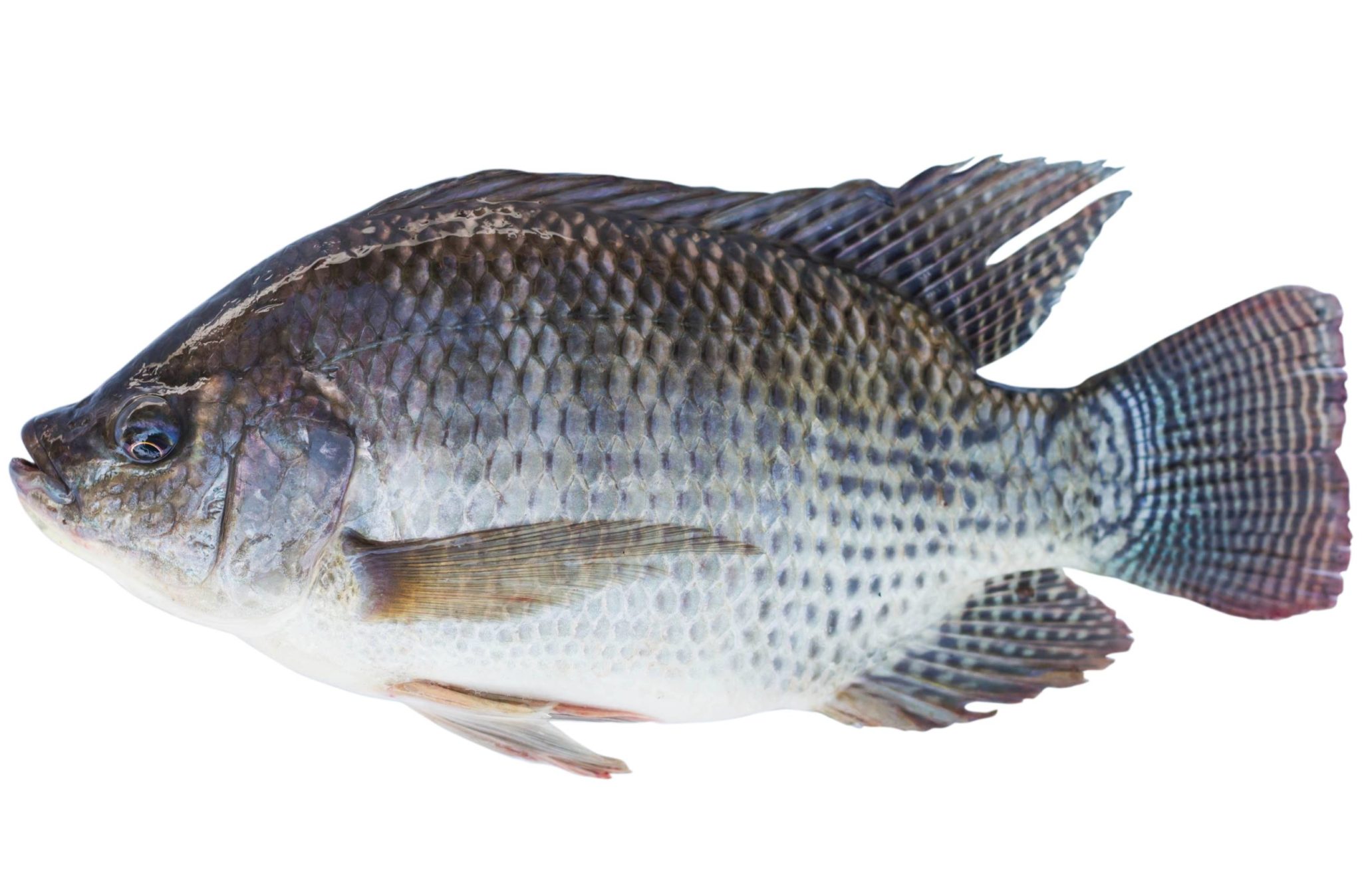
- Edible & well-palatable.
- Warm water fish: 2730°C (80-86°F)
- Vital temperature range: 60-95°F (15-35°C)
- Suitable for tank, cage and pond culture
- Easy to breed in the tank (every 4-6 weeks)
- Omnivores: requires only 22-35% Protein
- Faster growth (600 grams in 6–8 months)
- Highly resilient: tolerates pH shifts, temp changes, high ammonia & low DO
Their rapid breed habits can spread juvenile in the whole recirculation system. In the breeding mode, females stop eating and males become aggressive. In cold climates and winter, they may require a fish tank heater to keep the water temperature in range. Tilapia is declared as a pest/invader and banned in many areas, so check legality with your state fishery department. In some areas, multiple licenses and regulations on raising and selling tilapia, coupled with its saturated market, Aquaponic farmers find them useless to raise unless they plan to sell fry commercially. You will find good alternatives in this list if tilapia does not suit you.
If you have chosen to stock tilapia, a few channel catfish can make a great companion. These peaceful tank-mates will eat any leftover feed that sinks to the bottom. It will minimize the level of decomposing solids in your tank and save the system from ammonia/nitrite poisoning.
Ask your supplier for a variety that suits your climate. Read more information about Tilapia Aquaponics here.
2. Goldfish
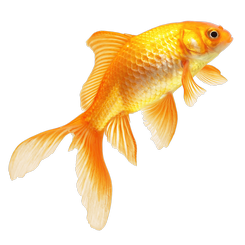
- Ornamental non-edible fish
- Species of carp
- Cool Water Fish: 22-23°C (72-74°F)
- Requires only 22-35% Protein
- Need plant cover to breed in the tank
- Grow to a max length of 14 inches (35 cm) and 4.4 pounds (2.3 kg) in weight
- Great for beginners because of the cheaper price and easy to keep
If you want a small aquaponics setup, don’t have a lot of space, and not necessarily keen on eating the fish, goldfish is a great option. Goldfish tolerate well the fluctuation to both the low or high end of the temperature range. They can tolerate temp range of 13-26°C. You may not require much heating to maintain the temperature. They are also considered great for Aquaponics system as they create a large quantity of waste if overfed.
They’re easy to keep, cheap and are beautiful to look at and incorporate into your garden. This fish can eat insects, small marine life, or specified fish food. You can also grow a lot of your own food for them.
They are known for attracting parasites. You should not use goldfish anywhere they can get a chance to drain into natural water streams.
3. Koi
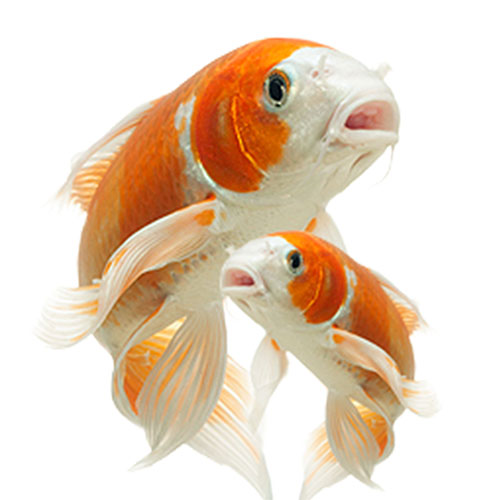
- Species of carp
- Ideal for large commercial ponds or 200+ gallon tank
- Optimum temperature: 20-25 °C
- Vital temperature 37-90° F (3-32 °C)
- Omnivorous fish
- Less desirable to eat
- Long lifespan and grows up to 20-36 inches
- Great resistance against common parasites
Koi are a high-value fish, compared to a fish meant for food like tilapia or catfish. You may end up with fish worth 100s or even thousands of dollars. However, do not invest more than you are ready to lose in buying your fish. There can be mortalities until you get your system matures.
The proper oxygenation and off-gassing are vital in winter months and small ponds. Although technically edible, they are desirable for dining as they are difficult to prepare and are bony. You can also transform Koi ponds into beautiful aquaponics systems to improve water quality.
4. Channel Catfish
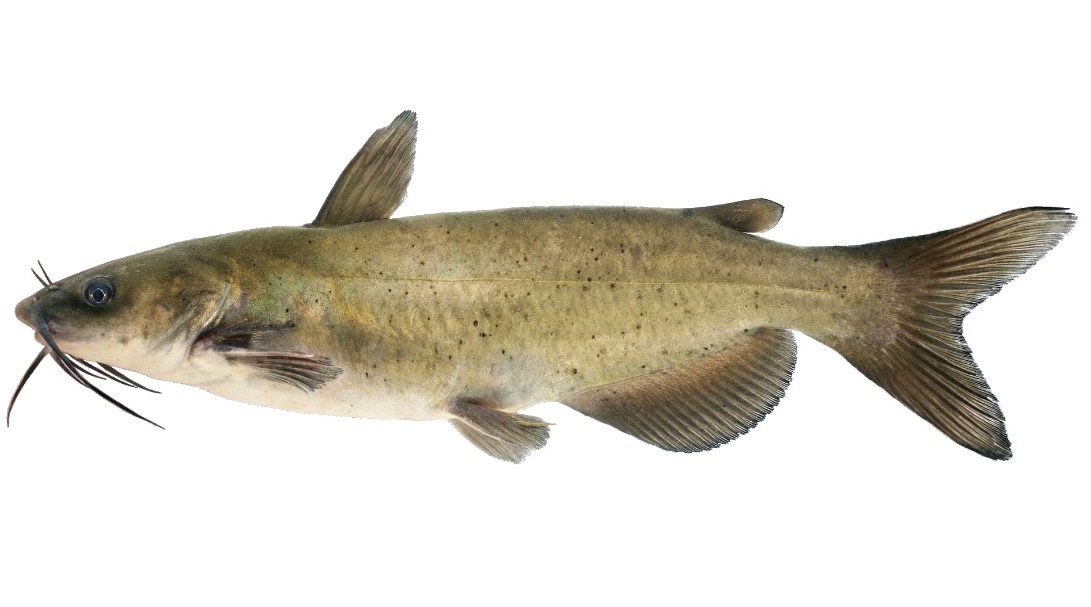
- Optimal Temperature: 75-86° F (24-30° C)
- Tolerate temperatures range 40- 93 °F
- Hardy widely farmed food & Sports fish
- Needs a large fish tank (250+ gallon)
- Fast Growing and max size of 40-50 lbs
- Requires 32-38% Protein
- Edible (Bonus! Catfish are rich in Vitamin D)
- Great feed conversion ratio (2lb feed/ lb fish)
- Difficult to breed but not impossible!
Being a benthic fish, Catfish only reside in the bottom part of the aquarium. Hence raising them in a deeper or small tank at high densities is not suitable as they don’t cover the entire water column. They can hurt each other in overcrowded tanks because of spines. So you should either use a aquarium with larger horizontal space than vertical or raise them with other fish species that use the upper part of the water tank, commonly tilapia, perch or bluegill sunfish. However, you can train the catfish to eat floating pellets.
As catfish don’t have scales like other fish, you should be extra gentle or minimize the handling. They need to be skinned to prepare for cooking. Their whiskers, skin and calm temperament make them fascinating to watch.
5. Rainbow Trout
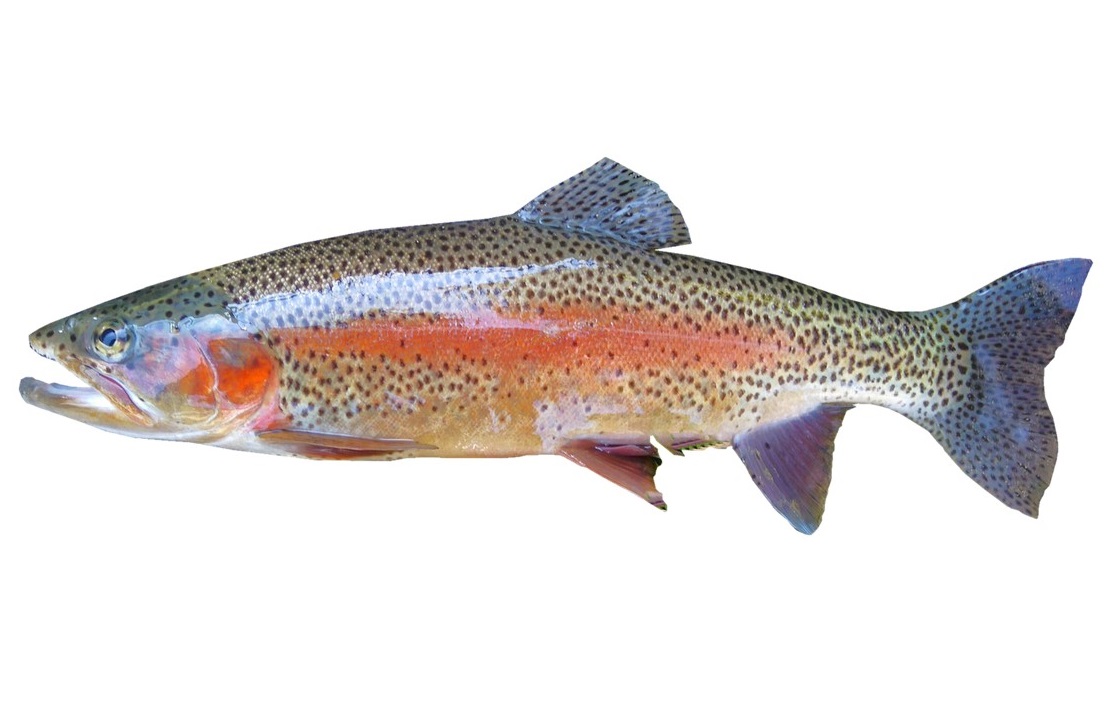
- Cold water fish: 14–16°C (57-60°F)
- Vital temperature range: 10–18°C (50-64°F)
- Edible and have excellent flavor
- Carnivorous: need high 40-50% protein diet
- Among the fastest growing fish in the list (800-1000 grams in 14–16 months)
- Belongs to the salmon family
- Harder to maintain (needs high DO levels, sensitive to pH changes and water quality)
A trout is a perfect option for aquaponic systems in cold areas. This is exciting to watch the progress of this fast-growing fish with excellent FCR (food conversion ratios). Their great taste and value come with a lot of challenges to raise them. Their suitable range of pH is 6.5 – 8.5.
Unlike tilapia, trout will not thrive in dirty water and needs well-oxygenated water with a dissolved oxygen level that never falls below 5.5ppm. You need to cover your tank with a lid as they occasionally jump out of the water. Consider this fish for very cold regions because they can’t handle warm water. You are left with a limited choice of vegetables to grow and poor plants’ growth at the temperatures preferred by this species. These carnivorous fish need commercial pellets fish food (or a home-made equivalent) and aquatic invertebrates (smaller fish, flies, mollusks, insects, and bloodworms). They can also have cannibalistic tendencies towards their own and other species of fish.
Read more about raising trout in aquaponics here
6. Jade Perch
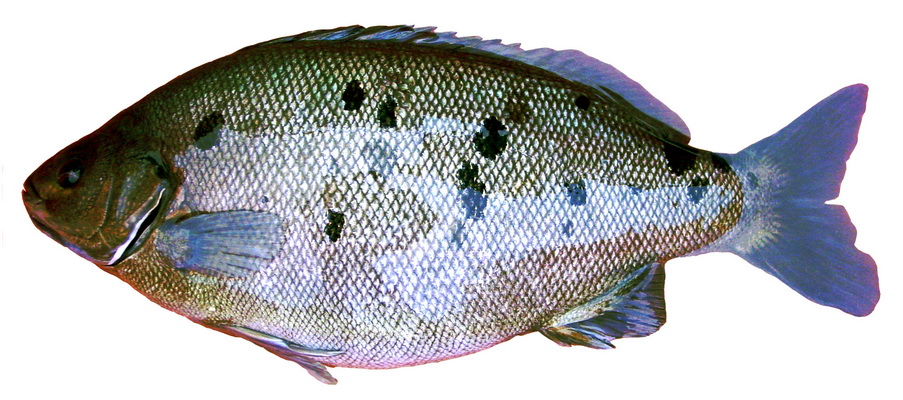
- Native Australian fish
- Optimum temperature 70–80°F (21-27°C)
- Edible (Highest levels of omega-3 oils of any fish species in the world)
- Grow quickly (500g in 10 – 12 months)
- Don’t breed in captivity
- Omnivorous needs medium protein diet
- Max Growth Size: 35 cm
A hardy, omnivorous, fast-growing, tasty and highly-nutritious fish feeding on relatively inexpensive diets makes it a very attractive option for aquaponics. Australian aquaponics pioneer Murray Hallam and his fellow Aquaponists absolutely love it. It is difficult to find in the USA, but if you can get it you should give it a try. They have great temperament and live peacefully with a similar type of fish.
You can harvest the fish within 12 months under standard conditions. They make a nutritional meal at harvest time and even surpass the Atlantic Salmon when it came to healthy fish oils. It is high in omega 3 oils to the extent that some people are attempting to breed a lesser oily fish out of them.
Jade perch will stop eating below 65°F (18°C) and can become inert and die at temps below that zone. Like a lot of Australian native fish, they will not breed in captivity unless injected with a special hormone.
These hardy fish still need a good amount of dissolved oxygen to live that can be pumped into their tank using traditional stones and an aerator. The favorable pH range is 6.8 – 7.8.
7. Largemouth Bass
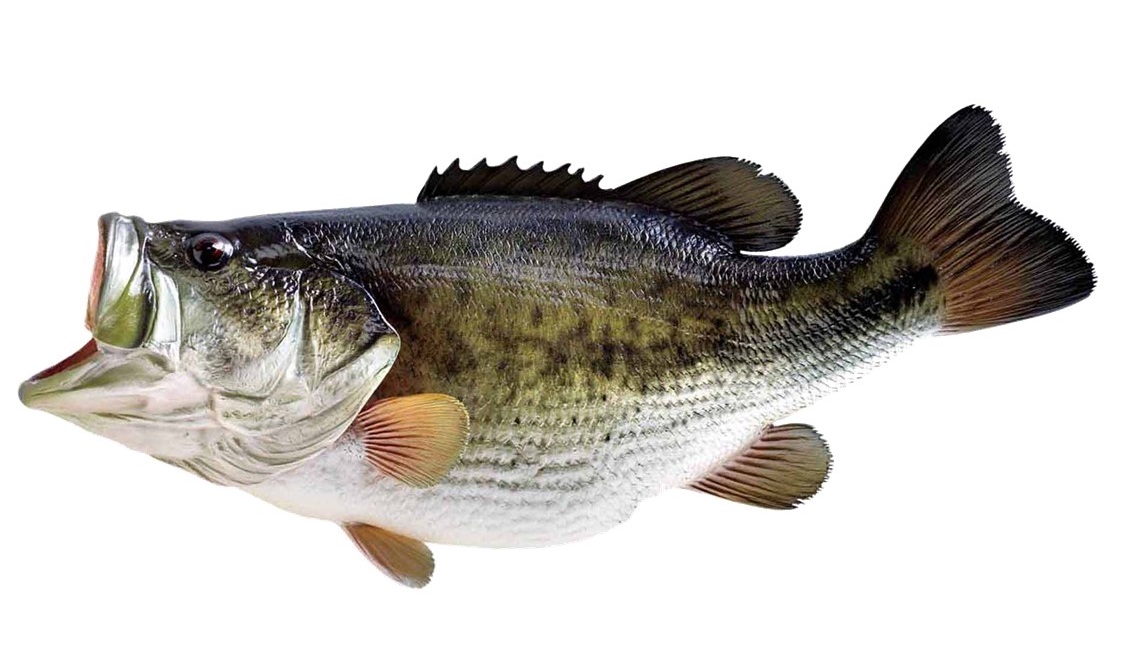
- Popular North American native gamefish and part of the freshwater sunfish family
- Optimum temperature: 20-30 °C (70-86 °F)
- Tolerates temperature range 10 – 36 °C
- Minimum tank size: 1200 gallons
- Carnivorous: requires high ≥ 40% protein diet
- Edible (boneless, white flesh with high levels of omega-3 fatty acids)
The largemouth bass is a great option for aquaponics because they can tolerate low levels of dissolved oxygen and high levels of nitrite. In the USA, They are cultured and sold as high-end sports fish due to the great demand and comparatively high selling price. Their wide temperature tolerance range also makes them suitable for both warm and cold seasons. Under ideal conditions, Largemouth can grow to more than 2 pounds with 1st year. The maximum size of female Florida largemouth is about 20 pounds.
The largemouth bass is an appropriate option for ponds of size more than 1 acre. They spawn in a pond naturally without any need of hormone manipulations, then the adults or young are removed to prevent cannibalism. The catfish, goldfish, minnows, carp, bluegills, and tilapia are forage for these piscivores. Their need to be pellet-trained and expensive high protein diet requirement can be challenging. However, the value of largemouth bass offset these costs.
Read more about Largemouth Bass here.
8. Murray Cod
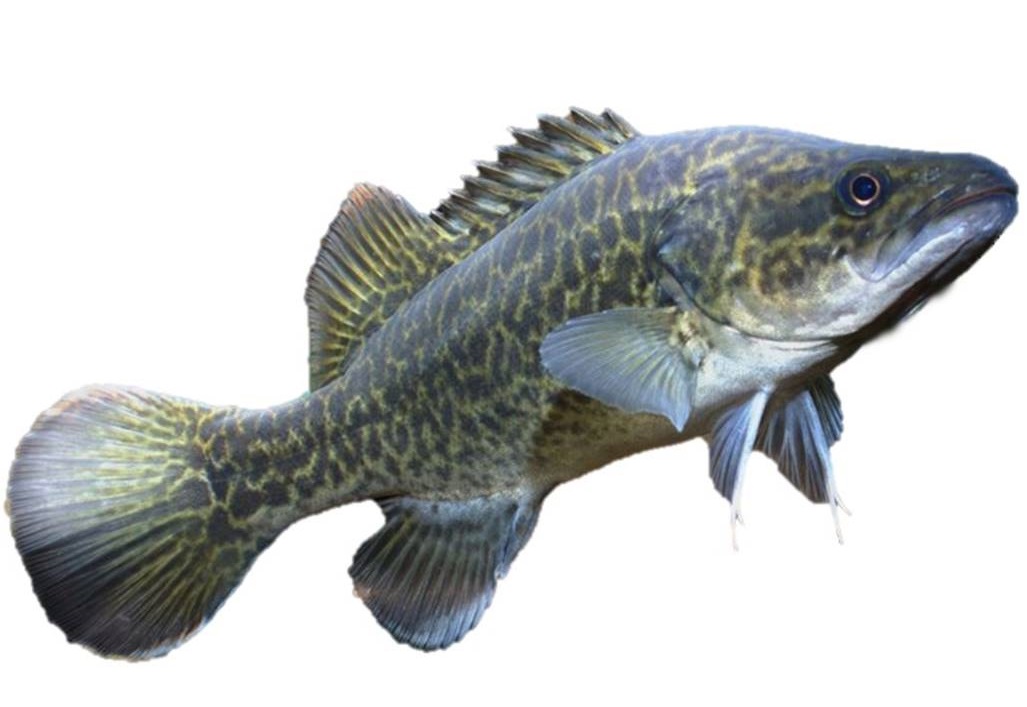
- Largest native Australian freshwater fish species
- grow very fast even in a closed environment (500g in 12 – 18 months)
- Optimum Temperature: 24-25° C
- Tolerate water temperature from 10 to 25°C
- can live for more than 50 years
- Edible Fish with great taste
- Can grow up to 50 kg
- Diet: High protein
It is recommended to raise them in tanks at high stocking density to inhibit their territorial behavior. You must keep them fed well and satisfy their appetite otherwise they will attack and cannibalize each other. At large sizes, they consume any fish that fits in their mouth. Small Murray cod can peacefully share the space with other fish like Silver and Golden Perch. Murray cod is recommended for people who have time for the maintenance involved, as they are highly vulnerable to fungal and bacterial infections too.
9. Bluegill
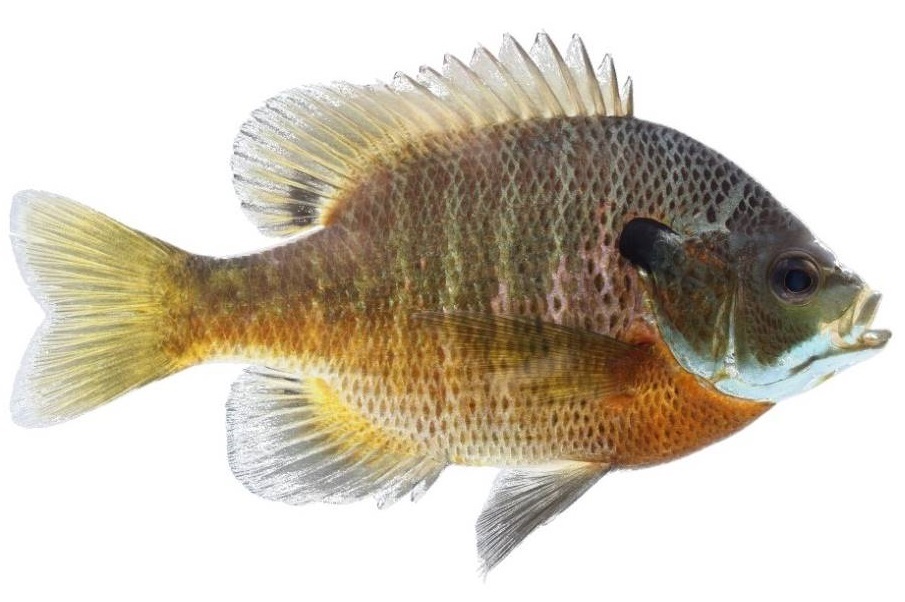
- Optimum Temperature 65 – 80 °F (18-27 °C)
- Tolerate Temperature range of 55-95 °F (13-35 °C)
- Easy to breed
- Require high 36-40% protein diet
- Slow Growth (2 years to market size)
- Bad Feed Conversion rate: 4lbs feed/1 lb fish
Bluegill is a good option for small-scale aquaponics. They are common and highly prized game fish throughout the United States and Canada. Bluegill is adaptable to ponds, cage culture, and tank systems. You can also keep Bluegill in a Koi pond to control algae growth. They coexist with all of pond critters like Koi, goldfish, and turtles. Pure strain bluegill will spawn numerous times even in tanks as small as 55-gallon aquariums. Bluegill gets cannibalistic after the nesting phase and juveniles need to be moved to a smaller tank.
Bluegill requires high protein and prefer a diet consisting more of invertebrates such as freshwater shrimp, larvae and small fish. They grow slower and do not offer a good of a conversion rate.
10. Sturgeon
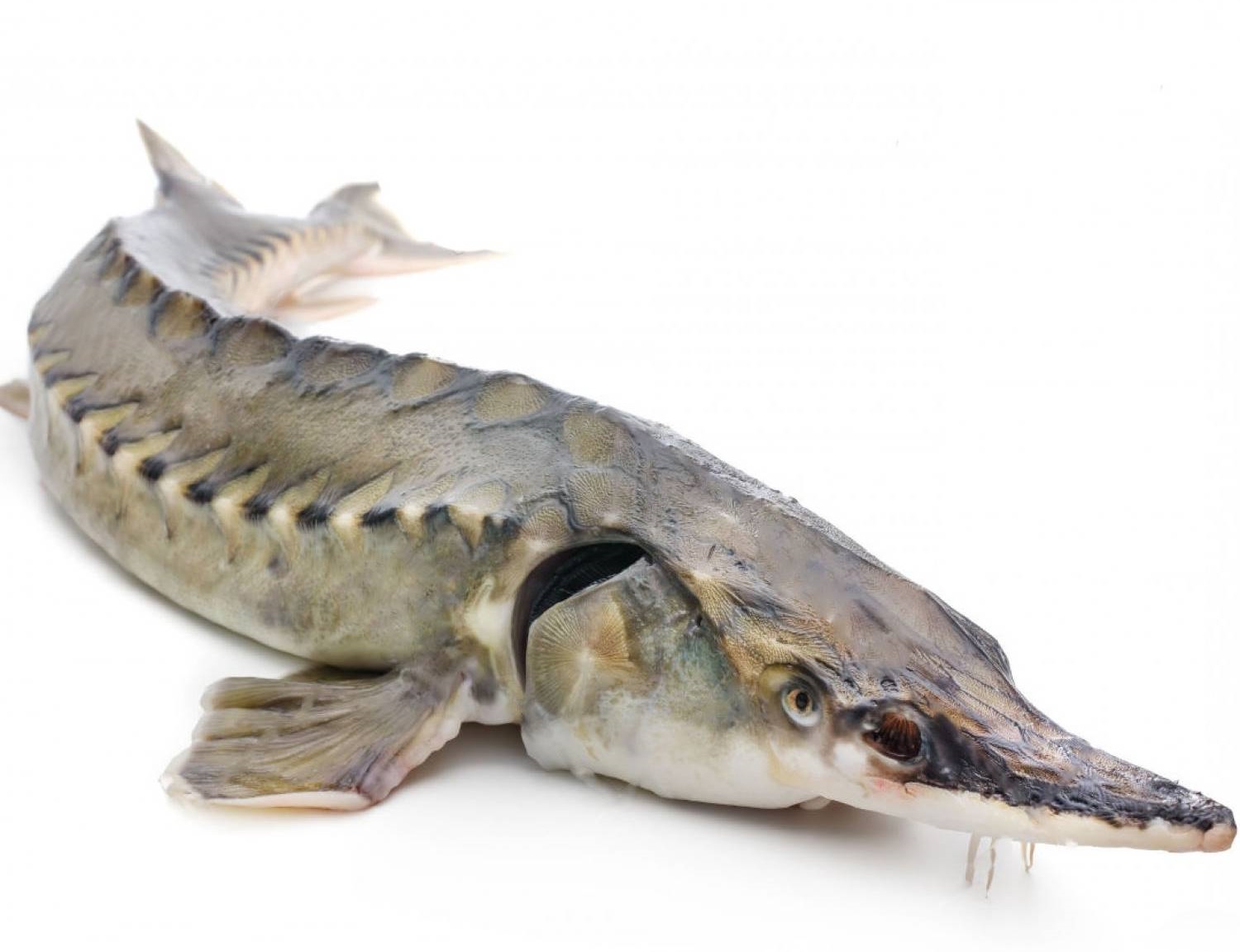
- Optimum Temperature: 18 to 26 °C
- Vital Temperature range: 10-30 °C
- Length: Up to 50 in and larger
- Age: 50 to 100 years
- Carnivorous special feed: High-grade quality of sinking feed with fats, vitamins, and minerals
- Needs a larger and deep Pond (260 gallons per fish)
Aquaponics is well suited to sturgeon because they can tolerate lower pH which makes micronutrients more available to the plants and thrives at the same temperature that is ideal for the plants. Like the paddlefish, sturgeon are cartilaginous skeleton fish without bones. They also create good quantity of waste for plants because of their feeding habits.
They need intensive management, high capital, feeding prepared diets and operating costs, especially for mature females to produce caviar. They are efficient bottom feeders, consuming insect larvae, small fish and occasionally fish-related carrion. Moreover, they need frequent feeding (every 3 hours).
Sturgeon require high-quality water for optimum rearing conditions. Sturgeon needs a pond size of at least 10 times its length and a depth of minimum 50 in everywhere. The pond needs a mud layer on the bottom with no sand or sharp gravel and very few plants. Sturgeon, especially smaller specimens, cannot swim backward and will be stuck and drown in a pond with plants or filamentous algae. A proper soil discharge and aeration are necessary to ensure dissolved oxygen in the pond. If you want to keep them in the tank, it should be of at least 5000 gallons. (You can keep Sterlet in decent sized tanks though)
Other Options
These are just the most common and widely used of the options you can consider. The local fish species living in the nearby water streams are the probably a perfect option for your system.
You can even keep fancy fish like Pacu or barramundi if you can spend more on bigger or more complicated tanks. Other fish that you can keep in your aquaponics system include gobi, crappie, Brook, eels, Muskellunge, Northern Pike, Snakehead, Coho Salmon, and gourami. You can also choose from a wide range of ornamental fish like guppies, angelfish, tetras, swordfish, Danios, Oscar, mollies, and Cichlid. The most important thing is to check their diets, temperature needs, and growth rates of whatever species you select.
You can also use freshwater mussels, prawns, and crayfish in an aquaponic system. Using mussels in aquaponics do a great job of helping to clean the water. They are a filter-feeder and will happily grow within flooded grow beds, as well as inside fish tanks. Check alternatives to fish in aquaponics here.
Not to use Species
Unless you are culturing seaweed, brackish or marine fish species will not work. So don’t think of using a cobia, Red drum, flounder, pompano, Atlantic croaker, and marine baitfish.
Since minimum culture salinity is 5 ppt salinity. Most plants die in when exposed to 5 ppt salinity.
And Yes! you may also not be able to use a shark or whale in your system. Are not they too big or deadly?
Recommendations
After deciding which fish species to get, you need to decide how many. The rule of thumb is one pound of live fish per gallon of water. Learn more about fish to water ratio here. Prepare your aquaculture system with dechlorinated water, functioning aeration and filtration system as well as fingerling food. Here’s a handy source for organic fish food. Some more handy tips are as follows.
- Choose small (1-2 inch) or advanced (3-4 or 4-5 inch) fingerlings.
- The feed amount per day drastically varies between sizes and directly impacts the nutrients available to plants.
- Always buy feed-trained fingerlings because you would not want to spend time and effort to feed train them yourself.
- Not maintaining water quality will not harm a hardy fish, but don’t complain about the off flavor taste on afterward.
- The growth rates are greatly reliant on temperature, DO, pH and feed quality. Although many fish tolerate low DO, Feed conversion efficiencies are reduced when dissolved oxygen (D.O.) concentration drops below 4 mg/L. The temperate zone fish usually grow more during the warmer seasons. Read more about role of dissolved oxygen in Aquaponics here.
- Some inputs are required to keep the system performing like air pumps, aquarium heaters and feed that is given to the aquatic animal.

